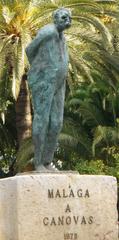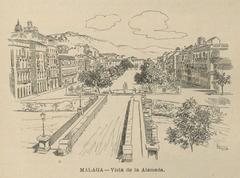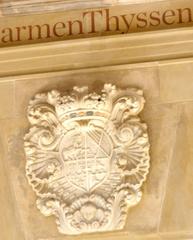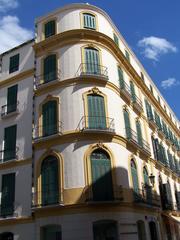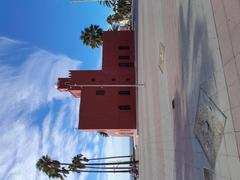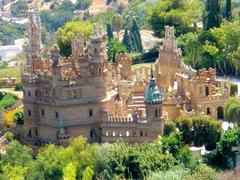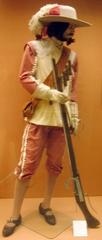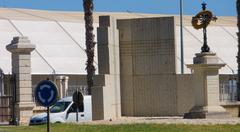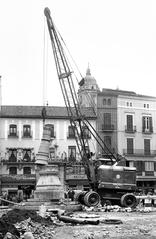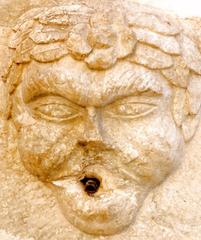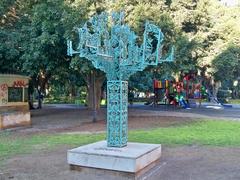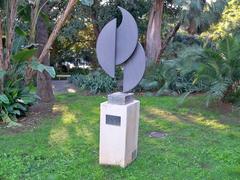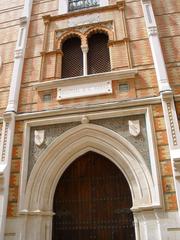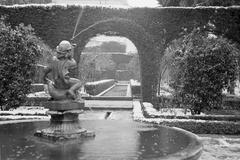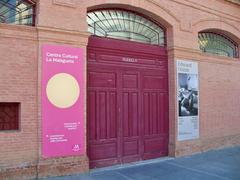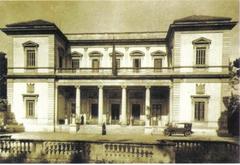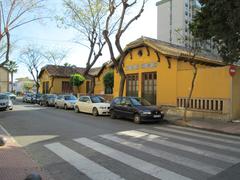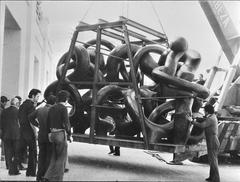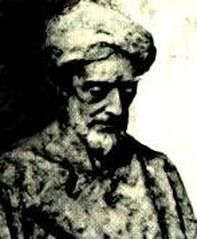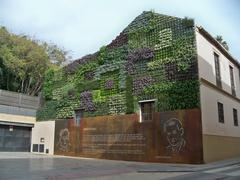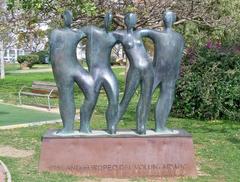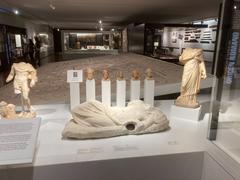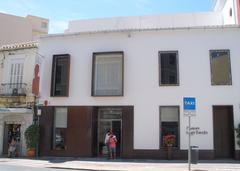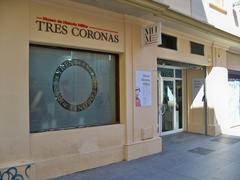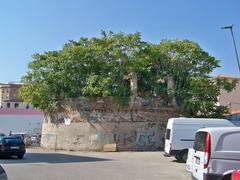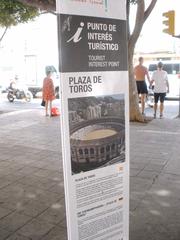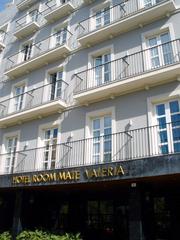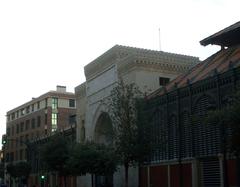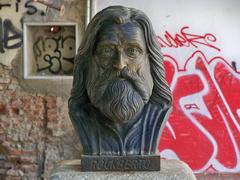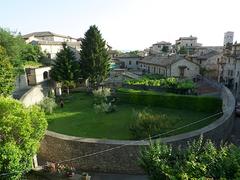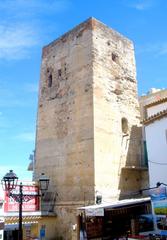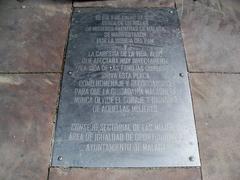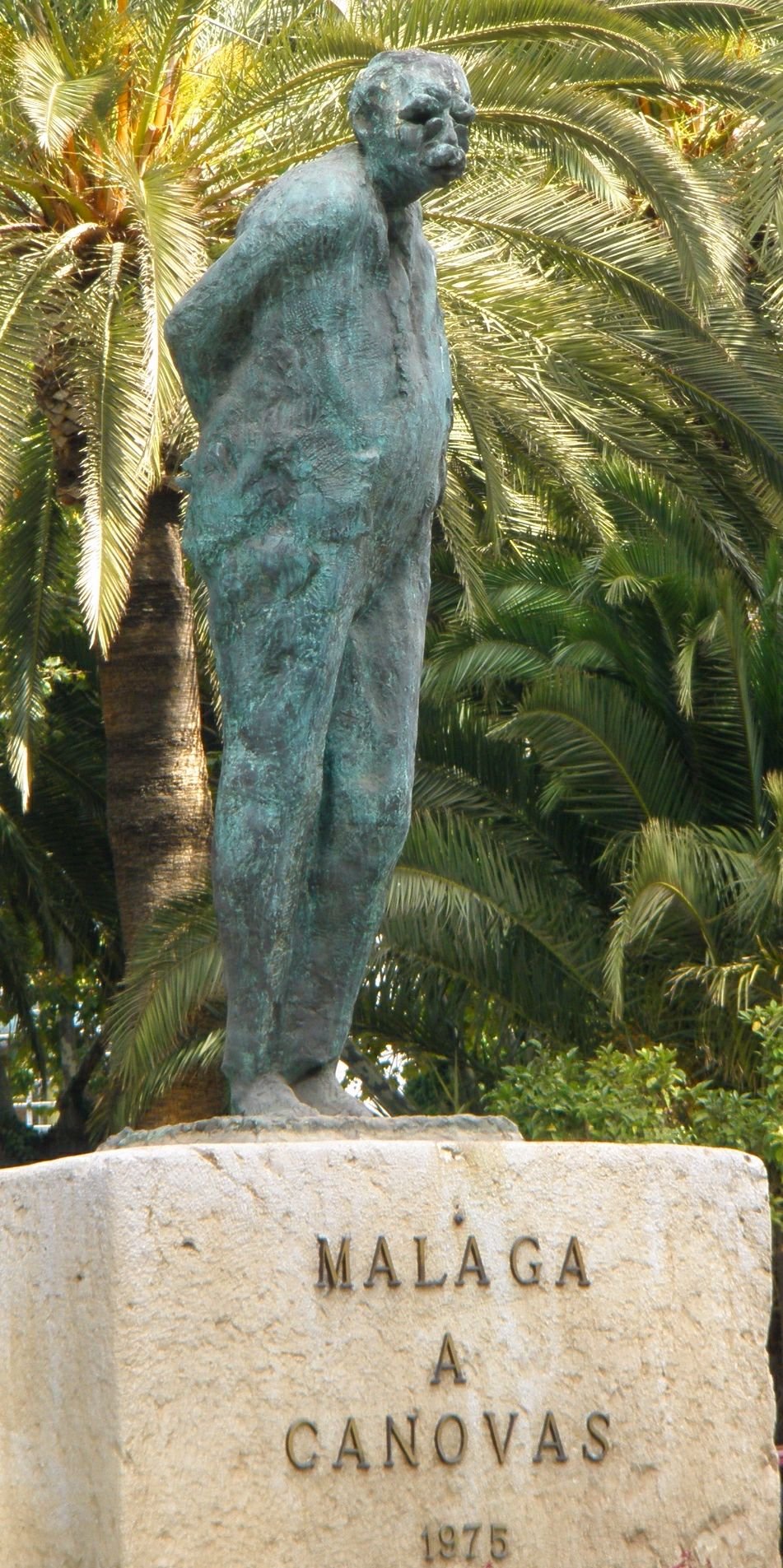
Visiting the Monument to Cánovas del Castillo in Málaga, Spain: Visiting Hours, Tickets, and Tips
Date: 14/06/2025
Introduction
The Monument to Antonio Cánovas del Castillo is a central landmark in Málaga, celebrating the city’s native son and one of Spain’s most influential 19th-century statesmen. Located near the lush Parque de Málaga and the vibrant historic center, the monument honors Cánovas’ pivotal role in shaping Spain’s constitutional monarchy and stabilizing the nation during a turbulent era. This guide provides an in-depth look at the monument’s history, cultural significance, artistic features, practical visitor information, and nearby attractions—ensuring you make the most of your visit to this key Málaga historical site (Britannica; InfoTourMalaga).
Table of Contents
- Introduction
- Origins and Historical Context of the Monument
- Antonio Cánovas del Castillo: Life and Achievements
- The 1876 Constitution and Political Legacy
- Assassination and Enduring Influence
- The Monument’s Symbolism and Artistic Features
- Visitor Information: Visiting Hours, Tickets, and Accessibility
- Nearby Attractions and Travel Tips
- Frequently Asked Questions (FAQ)
- Summary and Final Recommendations
- References
Origins and Historical Context of the Monument
Unveiled in 1975 and crafted by the sculptor Jesús Martínez Labrador, the Monument to Antonio Cánovas del Castillo stands in Plaza del General Torrijos, at the edge of Parque de Málaga. Its inauguration coincided with Spain’s transition towards democracy, giving the statue added resonance as a symbol of constitutional governance and civic aspiration. The monument’s location in a prominent public square underscores its importance both locally and nationally (InfoTourMalaga).
Antonio Cánovas del Castillo: Life and Achievements
Antonio Cánovas del Castillo (1828–1897) was a Malaga-born politician, historian, and writer. He rose to prominence through his leadership during the Bourbon Restoration and as the principal architect of the 1876 Spanish Constitution. Cánovas’ statesmanship brought stability to Spain, and his intellectual pursuits included work as an academic and historian (MalagaHistoria; Britannica).
The 1876 Constitution and Political Legacy
The Spanish Constitution of 1876, largely shaped by Cánovas, established a constitutional monarchy, a bicameral parliament, and recognized key civil liberties. His “turno pacífico” system, which alternated power between conservative and liberal parties, helped maintain political stability, although it limited broader democratic participation. Internationally, his policies toward Spain’s colonies, particularly Cuba, had significant repercussions (Britannica).
Assassination and Enduring Influence
Cánovas was assassinated in 1897 by an Italian anarchist while working on the Cuban crisis. His legacy as a reformer and constitutional architect continues to be recognized, not only through the monument but also in Málaga’s ongoing cultural projects and commemorations (MonumentalNet).
The Monument’s Symbolism and Artistic Features
The statue portrays Cánovas in a dignified pose, signifying his intellectual and political stature. Crafted in bronze, the monument reflects both the durability of his legacy and the artistic trends of late 19th- and early 20th-century Spanish commemorative sculpture. The use of classical motifs, such as columns and allegorical figures, elevates the work’s status and alludes to Cánovas’ scholarly background (Museo del Prado; InfoTourMalaga).
Inscriptions typically detail his achievements and his key role in Spanish history, serving both educational and commemorative purposes.
Visitor Information: Visiting Hours, Tickets, and Accessibility
Location: Plaza del General Torrijos, at the entrance to Parque de Málaga, near Avenida de Cánovas del Castillo (minube.com; malaga.place).
How to Get There:
- On Foot: Easy walk from the historic center or La Malagueta district.
- Public Transport: Several bus lines stop at “Plaza de la Merced” and “Cánovas del Castillo - Paseo Marítimo.” Fares are typically around €1.40 (evendo.com).
- By Car: Public parking available nearby, but parking can be limited during peak periods.
Visiting Hours:
Open-air monument accessible 24/7.
Admission:
Free; no tickets required.
Accessibility:
Wheelchair and stroller-friendly paths; some nearby streets may have uneven paving, but the monument area is generally accessible.
Photography:
Excellent conditions for photography, especially during early morning or late afternoon.
Nearby Attractions and Travel Tips
The monument’s central location makes it an ideal starting point for exploring Málaga’s other historical and cultural highlights:
- Parque de Málaga: Botanical gardens and shaded walkways.
- Alcazaba and Castillo de Gibralfaro: Moorish fortresses with panoramic city views (malaga.place).
- Picasso Museum: Celebrating Málaga’s most famous artist.
- Málaga Cathedral: Renowned for Renaissance and Baroque architecture.
- La Malagueta Beach: A short walk away for seaside relaxation.
Travel Tips:
- Visit in spring or autumn for the most comfortable climate (best-time.to; malagaweb.com).
- Bring water and sun protection in summer.
- Combine your visit with a guided city walking tour for deeper insights (evendo.com).
Frequently Asked Questions (FAQ)
Q: What are the visiting hours of the Monument to Cánovas del Castillo?
A: The monument is outdoors and accessible 24 hours a day.
Q: Is there an entrance fee?
A: No, visiting the monument is free.
Q: Is the monument accessible for people with disabilities?
A: Yes, the plaza and surrounding area are wheelchair accessible, though some nearby streets have uneven paving.
Q: Are guided tours available?
A: While there are no monument-specific tours, the site is included in many Málaga city walking tours.
Q: What other historical sites are nearby?
A: Alcazaba, Roman Theatre, Parque de Málaga, Picasso Museum, and Málaga Cathedral.
Summary and Final Recommendations
The Monument to Antonio Cánovas del Castillo is more than a sculptural tribute—it serves as a gateway to understanding Málaga’s and Spain’s political past and civic identity. Its central location, free access, and wheelchair-friendly surroundings make it a welcoming site for all visitors. The monument’s proximity to other key attractions allows for a rich and varied cultural itinerary.
Looking forward, the planned Cánovas Cultural Center will further enhance the educational and cultural value of this area, underscoring Málaga’s commitment to preserving its historical legacy (El Español). To fully appreciate the monument’s significance, consider visiting during the pleasant spring or autumn months and using guided tours or mobile apps like Audiala for in-depth historical context.
References
- Britannica
- InfoTourMalaga
- MalagaHistoria
- MonumentalNet
- Museo del Prado
- El Español
- Evendo
- Málaga Tourism Official Site
- Málaga City Council
- Faraway Worlds
- Best-time.to
- Malagaweb
- minube.com
- malaga.place
